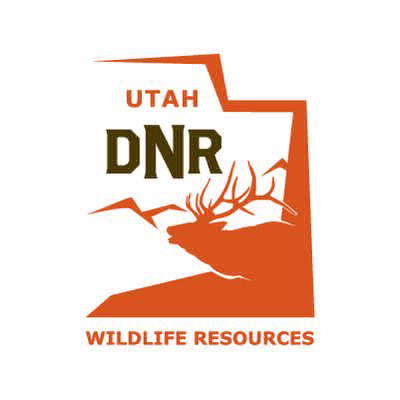WSF: Utah’s First Desert Bighorn Nursery Herd Doing Well

Bozeman, Montana. July 20, 2022. Thanks to the Utah Division of Wildlife Resources (DWR) efforts, the Nevada Department of Wildlife, the Utah Chapter of the Wild Sheep Foundation, and the D. Gary and Mary Young Family, Utah has its first nursery herd for desert bighorn sheep.
Thirty-one desert bighorn sheep were captured in late June in Nevada’s Muddy Mountain Wilderness and safely relocated to the 1,800-acre Skyrider Wilderness Ranch near Tabiona in Duchesne County, Utah. The ranch is owned and managed by the Young Family of Young Living Essential Oils.
“A nursey herd approach is a vital tool in the restoration and expansion of wild sheep populations,” said Gray N. Thornton, President and CEO of the Wild Sheep Foundation. “A cross-state translocation like this to a secure, private ranch holding-area takes a lot of cooperation and coordination. We applaud everyone who had a hand in making this a successful conservation action.”
Trapping and transplanting is the most successful and fastest way to expand wild sheep populations back to their historical ranges. A nursery herd has been used successfully for bighorn sheep on Utah’s Antelope Island, Montana’s Wild Horse Island, and Texas and New Mexico for desert bighorns in the USA. Nursery herds have also been a key component of desert sheep restoration in Mexico, exemplified by WSF’s Mexico Initiative.
Travis Jensen, President of the Utah Chapter of the Wild Sheep Foundation, explained, “The goal is to establish a protected, disease-free desert bighorn herd that will grow to the point of being able to supply animals for future transplant efforts in new suitable free-range habitats and to supplement existing herds throughout Utah and potentially other States if needed. This project was first outlined in 2018 and included in the Utah Bighorn Sheep Management Plan. It is a very exciting project for Utah’s wild sheep and should help ensure the future of Utah’s desert bighorn sheep for many years to come”
By 1960, research indicates that Utah had only a remnant population of Rocky Mountain bighorn sheep, and desert bighorn sheep were gone entirely. Current estimates of the state’s desert bighorn sheep are approaching 5,000 animals.
“Wild sheep restoration is a business where the rewards outweigh the risks,” Thornton added. “We all know the risks that separation from domestic sheep to avoid disease transmission and predation from mountain lions can be factors in establishing new bighorn sheep herds, but these are not insurmountable obstacles. You do miss 100 percent of the shots you don’t take. Utah and other states would not be as successful have they have been by not taking shots.”
###
The Wild Sheep Foundation (WSF), based in Bozeman, Mont., was founded in 1977 by wild sheep conservationists and enthusiasts. With a membership of more than 10,500 worldwide, WSF is the premier advocate for wild sheep and other mountain wildlife and their habitats. WSF has raised and expended more than $140 million on wild sheep habitat and population enhancements, education, and conservation advocacy programs in North America, Europe, and Asia to “Put and Keep Wild Sheep On the Mountain”®. These and other efforts have increased bighorn sheep populations in North America from historic lows in the 1950-60s of 25,000 to more than 85,000 today. www.wildsheepfoundation.org.
Media Contacts: Keith R. Balfourd 406-404-8754 or keith@wildsheepfoundation.org







